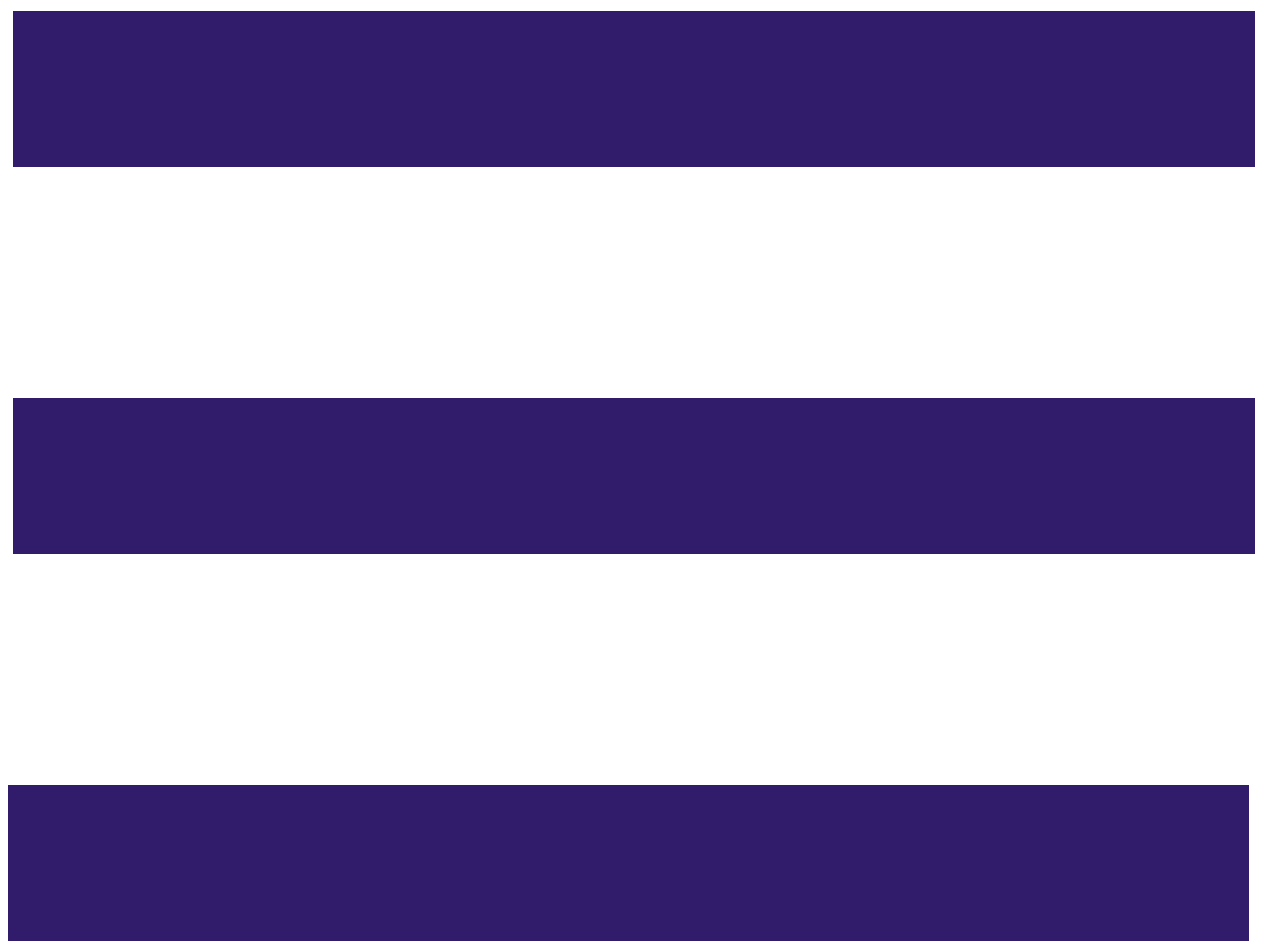Celebrating the Visibly Vulnerable
“That visibility which makes us most vulnerable is that which also is the source of our greatest strength.”
–Audre Lorde
To be visibly whole is to be visibly vulnerable, and vulnerability has not always served our lesbian, queer, and trans communities. I, for one, have always been most comfortable one step away from the spotlight. The thought of being seen for the sum of my parts – as an empathic, cis, tall, black, and queer (in every sense of the word) woman – has terrified me for most of my life.
Our foremother, Audre Lorde, offers an answer as to why: speaking the truth of all the parts of ourselves makes them real. In confronting the parts of ourselves that we love, but we fear, “the transformation of silence into language and action” becomes “an act of self-revelation” and strength.
While LGBTQ+ History Month is a celebration of community strength, we don’t often pause to celebrate the fearlessness – and requisite vulnerability – that it takes to make history. This month, we thought we’d shine light on the visible and vulnerable – women and people in our community that have fought to make all of the parts of themselves seen.
For our Curvemag.com cover, we’ve revived an iconic image of Marga Gomez, taken from the same October issue that hosts her notorious semi-nude cover for then-Deneuve. According to Franco, the October 1994 issue – depicting Marga’s half-naked torso – “was deemed offensive, so a cobalt shrink-wrapped plastic cover” concealed the entire magazine.
The article itself tells a deeply funny and vulnerable story of a lesbian Latina comic’s refusal be closeted in Hollywood. She asks, in its opening: “are you going to make [your sexuality] everything about you, so they think that’s all you have to talk about? Or are you just going to be honest, and then people are going to have to rethink sexuality?” Marga’s embodiment of naked storytelling, tongue-in-cheek humor, and unrestrained sexual visibility inspired our work this month.
In this October’s issue, we hear from voices throughout the Curve community on the ways in which they’ve seen themselves become visible and vulnerable – in the public eye, to themselves, and to other members of lesbian, queer, trans and non-binary communities:
In Lesbian Visibility Day, we hear from Franco and the illustrious Jewelle Gomez on why lesbian visibility matters – today and everyday.
Video and audio conversations with the Transgender District and our Curve Award cohort during the 2021 NLGJA Convention left me inspired about the sanctity of space and place in queer lives.
J. Logan Smilges of Texas Women’s University helps us understand how disabled members of our community, historically excluded from queer dating culture, have found safety and connection online and become newly visible to each other.
And our digital Q&A with the National Preservation Trust and Friends of the Lyon-Martin House tells the story of an effort to turn the home of Phyllis Lyon and Del Martin into a forever home for lesbian culture in the Bay Area.
Inspired by Audre Lorde’s work on visibility, we celebrate the vulnerability and forward thinking it often takes to make history. I hope you’ll share the celebration with us this LGBTQ history month.



